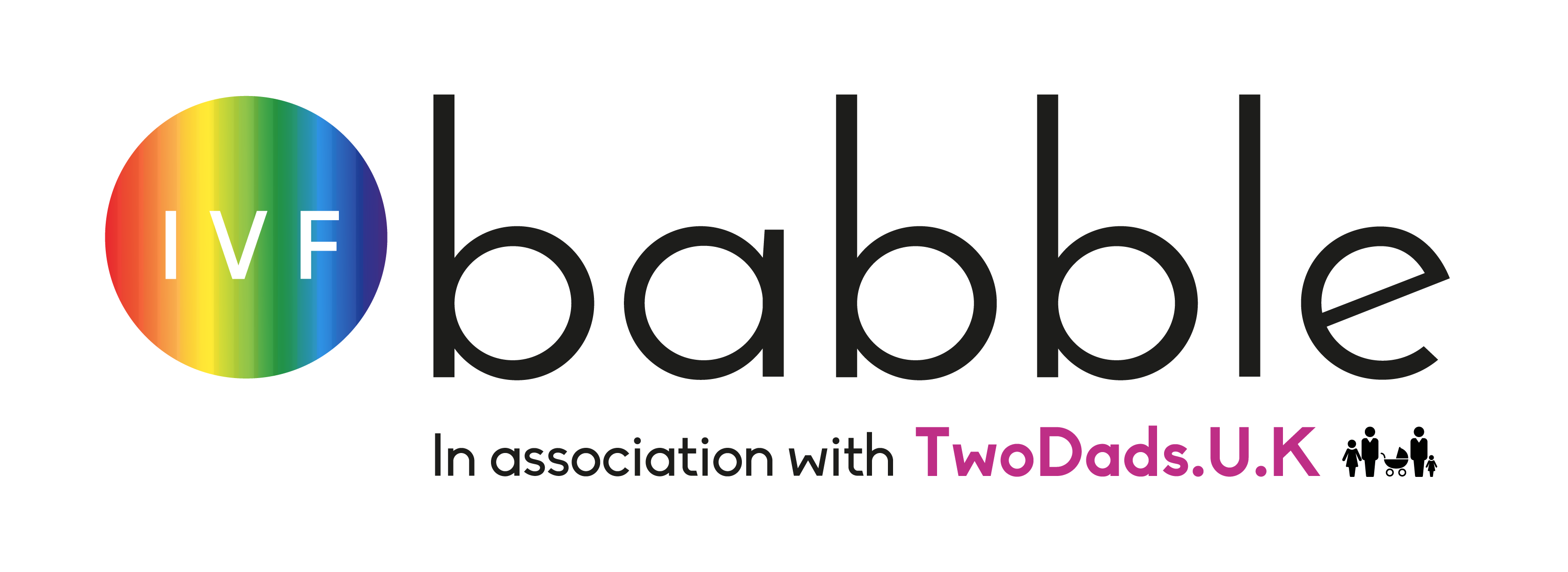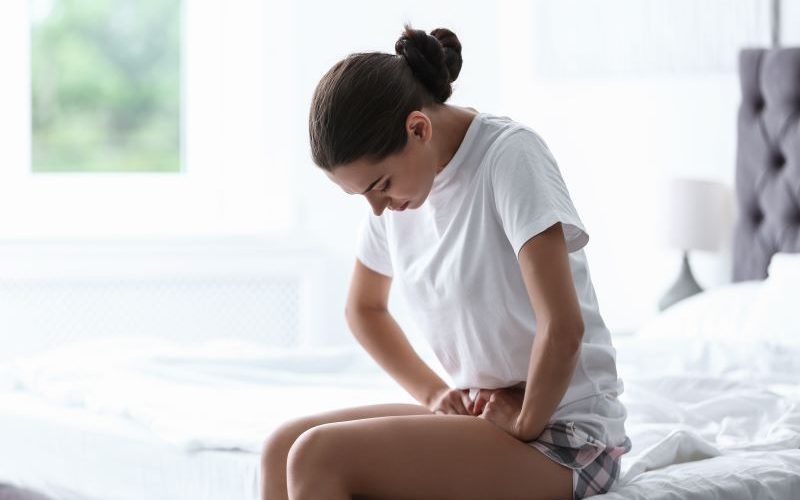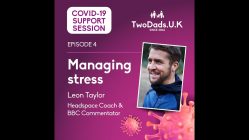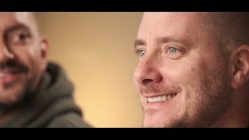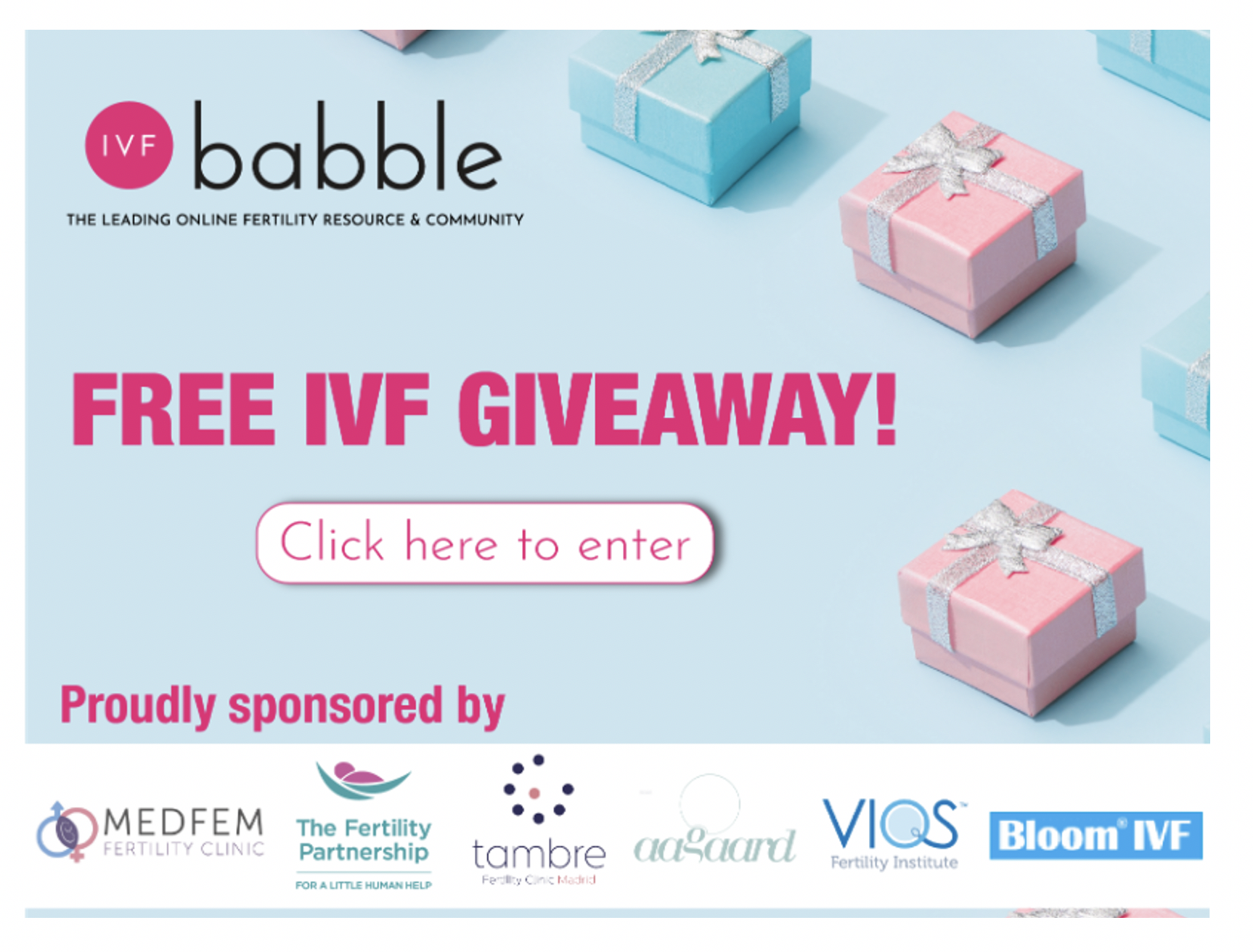Your questions answered about Ovarian Hyperstimulation Syndrome (OHSS), by Dr Kyriakidis from Embryolab Fertility Clinic in Greece
IVF continues to transform lives and create new families around the world, with refinements in clinical and laboratory techniques driving an improvement in outcomes. However, the IVF journey may hide unexpected adverse events. One of the most serious of these is ovarian hyperstimulation syndrome.
So what is Ovarian Hyperstimulation Syndrome (OHSS)
Ovarian hyperstimulation syndrome (OHSS) is a serious iatrogenic complication of ovarian stimulation. Basically, it is an extreme response after stimulating the ovaries with hormones. Clinically, OHSS can be mild or severe. While milder OHSS is relatively common and characterized by weight gain, abdominal discomfort, and enlarged ovaries – severe OHSS is accompanied by severe symptoms such as accumulation of fluid in the abdomen, dyspnea or extremely rare thromboembolism.
Why am I suffering from OHSS but other women aren’t? What have I got that is triggering this?
There are certain factors which predispose women to OHSS, like younger age, low body mass index (BMI), polycystic ovarian syndrome (PCOS), history of OHSS, high follicle count and ovarian reserve. It is feasible to identify these women. In Embryolab a personalized approach to their treatment helps reduce the risk of OHSS and avoid severe problems down the road.
If I develop ohss, do I have to freeze my embryos/eggs or can I continue with my treatment if I choose to?
Many strategies have been used to reduce or avoid OHSS in the past. The use of antagonist protocols, GnRHa trigger and elective freezing are the most commonly used. Unfortunately failure to comprehensively adopt these strategies, means that OHSS remains a potentially serious iatrogenic complication of the early luteal phase and/or early pregnancy after ovarian stimulation. In Embryolab clinic, the patient’s safety is most important. By utilizing these measures, we are very proud to be an OHSS-free clinic for several years while keeping our success rates high.
What will happen if I continue with treatment? Is it dangerous? Is it my decision?
A common misconception is that when you encounter OHSS, you need to cancel the treatment. This is not entirely accurate, because what you need is a change of strategy. From our experience in Embryolab the splitting of treatment in two parts means that you can continue with the egg retrieval but postpone the embryo-transfer for one month. However, this should not be your decision. A specialized reproductive gynecologist needs to make this decision according to specific scientific criteria. This is why choosing a trust-worthy clinic and a doctor is very important for every couple.
How do I avoid OHSS for my next round of treatment?
This is where personalized treatment comes into play. As mentioned earlier, it is feasible to identify women at risk of OHSS. When this happens, your doctor should propose certain measures that would be very effective. Certainly, by avoiding aggressive ovarian stimulation and having a safety plan, you can minimize any signs and symptoms of OHSS. Successful mitigation of the risk of OHSS is now feasible. Biomarkers have enabled pre-treatment stratification of risk and effective preventive strategies have lead Embryolab to be an OHSS-free clinic for several years.
If I feel like I am getting ohss, can I do anything to stop it getting worse?
Any woman should be monitored closely during her treatment and your doctor should identify early signs of OHSS even before you feel anything. At this point, your doctor should adapt your treatment according to the situation. If OHSS has settled, then traditional management involves rest and observation until the clinical picture deteriorates sufficiently. Unfortunately, you cannot do anything else yourself but trust your doctor with the measures that he proposes.
Huge thanks to the brilliant Dr Michalis Kyriakidis -MD, MSc, Reproductive Gynaecologist from the Embryolab Fertility Clinic
